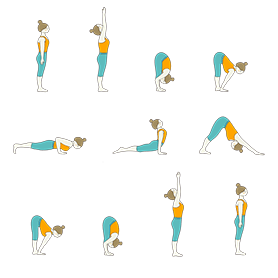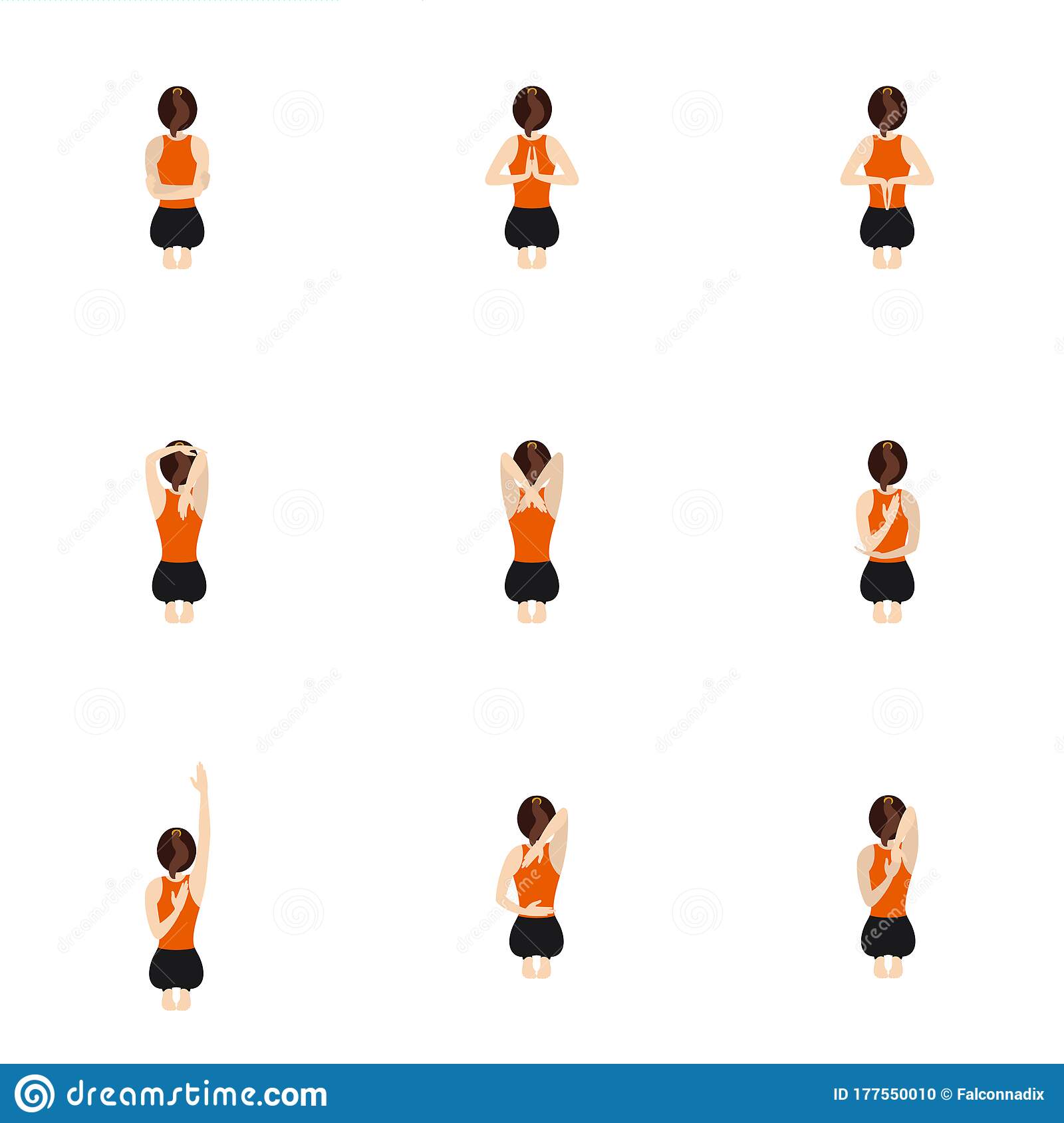
The Yoga Sutras by Patajali is a collection of 195 to 196 Sanskrit Sutras. In the early centuries of CE, the sage (or yogi) composed the text. He combined the different teachings of yoga, from various traditions, and made them into a cohesive set of yogic guidelines. For anyone who practices yoga, the Patajali Yoga Sutras is essential.
The Yoga Sutras were originally in Sanskrit. Many translations are now available. Some translations also include commentary by Swami Vivekananda, Sri K. Pattabhi Jois, and Sri K. Pattabhi Jois. An English translation of the text is popular, but many yogic researchers argue that it would be difficult to convey the full meaning. The sutras describe the path of moksha, or enlightenment, through the union of the body and the mind.

The Theosophical Society was the first to translate the Patanjali Yoga Sutras to English in 1885. These translations allowed the ancient Indian wisdom to be accessible to a broad audience. Some parts of the texts are still difficult to understand because they depend heavily on later commentators. They can still be useful today, so don't let this discourage you from learning them. These will help you improve your yoga practice.
Yoga sutras are essential for both new yogis and those who have been practicing yoga for a while. Whether you're looking for a complete guide to the practice or just want to read about its history, you can find a free PDF version here. Get reading and have fun!
The Yoga Sutras and Meanings of Patanjali's Patanjali Yoga - Why They Matter in Your Spiritual Practice
The Sutras are divided in four limbs. The first two are primarily related to moral and observances and the third to asana. Asana, which is the most vital limb in yoga, is an integral part. Asana can be directly referred to in the sutras as the only limb. Asana, in other words, is a stable and easy position.

The Yoga Sutras are a great source of inspiration. They can help us live a fulfilled and happy life by helping us let go of all our worries. Try to find a quiet place where you can be peaceful and calm. This will help you become the best version of yourself. You don't have to be afraid of pain. You will succeed if you put in the effort, and stick to a plan.
Yoga Sutras provide a great resource for those interested. Although it can seem daunting to read a book about yoga, the intention is to make it a living reality. The Patanjali Yoga Sutras can be divided into three main parts. a) Each chapter's goal is in the first part. This is the foundation for practicing yoga. The second part of the introductory section is the introduction of the sutras.
FAQ
Are Cardio exercises good or bad for your health?
Cardiovascular exercise is a great way to improve your cardiovascular health. It improves blood circulation, strengthens heart muscle, gives you energy, and can even help you lose weight.
Cardiovascular exercise includes running, biking, hiking, swimming, tennis, basketball, soccer, volleyball, football, etc.
It is important to keep in mind that cardio exercises should not only be performed at a high level of intensity, but also at low levels. This could lead to injury.
The cardiovascular exercise should only be performed if you feel good.
You should never push yourself beyond your limits. In this way, you may injure or even kill yourself.
Warm up is the best way to start cardiovascular exercise. Gradually increase the intensity.
Remember, you should always listen to your body. If you feel pain while performing cardiovascular exercise, it is important to stop immediately.
After a cardio workout, it is a good idea to take a break. This allows your muscles to recuperate.
To lose weight, you should include cardiovascular exercise in your daily routine.
It is the most effective way to burn calories and reduce belly fat.
How many calories should you consume each day?
It varies from one person to another. On average, 2000 to 2500 calories are consumed per day. It's important to assess your life style, gender, age and height in order to determine how much calories you need.
What foods should I avoid when trying lose weight?
Trans fats should be avoided. Trans fats can raise LDL (the unhealthy) cholesterol levels while lowering HDL levels (the good).
Trans fats can also be found in deep-fried food, fast food, packaged bakery goods, snack cakes, as well as other processed foods.
These unhealthy fats also cause inflammation, leading to heart disease and diabetes.
Avoid foods that are sweetened with artificial sweeteners. Artificial sweeteners have been linked to an increase in cancer risk.
These chemicals are used in everything from soft drinks to chewing gum to candy bars. These chemicals are also found in meat, poultry, eggs, and other foods.
Artificial sweeteners can be saccharin or cyclamate, sucralose, sorbitol or aspartame.
The American Heart Association recommends avoiding these chemicals because they may damage DNA in cells.
Statistics
- An estimated calorie range for moderately active adult males falls between 2,200 to 2,800 calories per day, depending on age. (eatright.org)
- Cardmembers earn 5% Back at Amazon.com with a Prime Credit Card. (amazon.com)
- Are You One of the 20% of Guys (mh.co.za)
- According to the American Heart Association, blood pressure should be checked at least once every two years, beginning at age 20. (my.clevelandclinic.org)
- Get free shipping and 25% off today. (healthline.com)
External Links
How To
What should my diet look like before I start a workout?
For weight loss, you should eat fewer calories per day than you burn during exercise. You also need to consume all your nutrients.
These include protein, carbohydrates and fats as well as vitamins.
You can do this by eating smaller meals throughout your day instead of three large ones.
Working out if you are hungry can cause you to perform poorly.
You could try drinking water instead of energy drinks which contain caffeine and sugar. This will keep you hydrated, and your energy levels high.
Be sure to eat enough fluids. Over-consuming water could cause your body to lose its electrolytes.
For proper functioning, the body requires electrolytes.
If you don't have access to water, you could drink sports drinks. They are rich in sodium, potassium, calcium and magnesium as well as other minerals.
These electrolytes can be replenished by this method. These won't, however, replace the sweat you lose from exercising.
Multivitamins can help you avoid salt loss from exercise if you are worried.
These supplements contain additional vitamin B6, which can help regulate your body's sodium levels.
Supplements are not recommended if you don’t know the amount of salt in your food or beverages.
They aren’t controlled by the Food and Drug Administration.
Some sports drinks may contain more sodium than others.
Some sports drinks might contain artificial sweeteners, preservatives, or both. These additives could cause digestive issues.
If you are concerned about over-salting, you can use sea salt.
It has fewer chemicals than table salt.
Sea salt is also low in iodine, another mineral needed for healthy thyroid function.